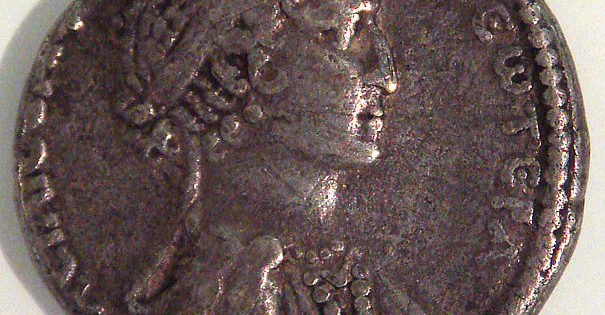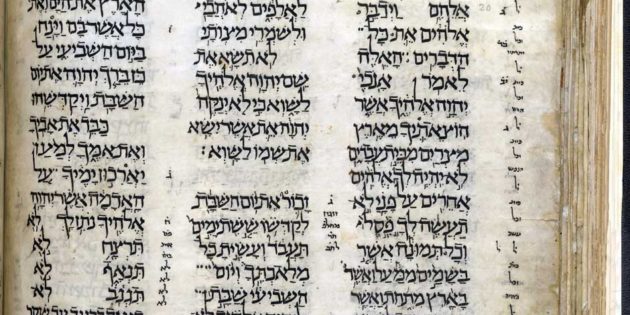Home » Bible and Beyond » Roman Period I
Roman Period I
Cleopatra VII Thea Philopator was the ruler of Egypt from 51 – 30 BCE. As Pharaoh, she consummated a liaison with Gaius Julius Caesar that solidified her grip on the throne. The most famous story is that Cleopatra was wrapped up in a carpet or blanket and carried secretly into the palace by a faithful […]
Evidence of the Fire 1. Photo by Ardon Bar Hama. Evidence of the fire in the Palatial (Herodian) Mansion in the Upper City. Still apparent, red-toned frescoed walls, are a sign of the luxurious style of the house. Evidence of the Fire 2 Naor, Mordecai, City of Hope- Jerusalem From Biblical to Modern Times. Jerusalem- […]
A Royal Reburial Relevant Biblical Verse- King Uzziah was a leper until the day of his death. He lived in isolated quarters as a leper, for he was cut off from the House of the LORD—while Jotham his son was in charge of the king’s house and governed the people of the land…Uzziah slept with […]
Ben Sira Scroll from Masada The Greek translation of the apocryphal book of Ben Sira has been known to western readers since antiquity. Throughout all that time, however, there were skeptics who dismissed the notion of a Hebrew predecessor. The late nineteenth-century discovery of the Cairo Geniza included the first known Hebrew text of Ben […]
Ides of March Coin – Front Ides of March Coin – Back Coin bearing the words “EID MAR” (Ides of March), commemorating the assassination of Julius Caesar on that date. The coin was minted by Brutus. On the reverse of the coin, along with the date, is a liberty cap, with a dagger on […]
Synagogue at Masada. Courtesy of BiblePlaces.com. The synagogue at Masada faced northward, toward Jerusalem. Bleachers lined the inside walls. Two scroll fragments were found under its floor. Also found in the synagogue was an ostracon referring to tithes given to the priests. Bleachers See also- The Synagogue (c. 70-7th Century CE) Masada and Its Scrolls, […]
Korban Vessel A fragment of a stone vessel, found in the fill near the southern wall, bears the inscribed word krbn (korban), which means “sacrifice.” As seen in this wax impression, two crudely drawn birds, identified as pigeons or doves, also appear, upside-down and below the word, on the fragment. The vessel may have been […]
Torah Codex An Early Codex of the Torah, Palestine or Middle East, probably ninth century. Exodus 20 This thousand-year-old document is one of the oldest surviving examples of a Hebrew Bible codex – a manuscript written in book form rather than a scroll – and includes information from early scholars on how to pronounce and […]
Werner Keller. The Bible as History. Bantam Books. New York. 1982. p.411.
Statue of Vibia Sabina Vibia Sabina (c. 86-136 or 137) was wife and third cousin of the Roman emperor Hadrian. This marble statue was found in the Villa Adriana (Hadrian’s Villa). Soprintendenza per i Beni Archeologici del Lazio, Villa Adriana, Italy. British Museum- Hadrian Empire and Conflict See also- Statue of Hadrian, 135 CE










